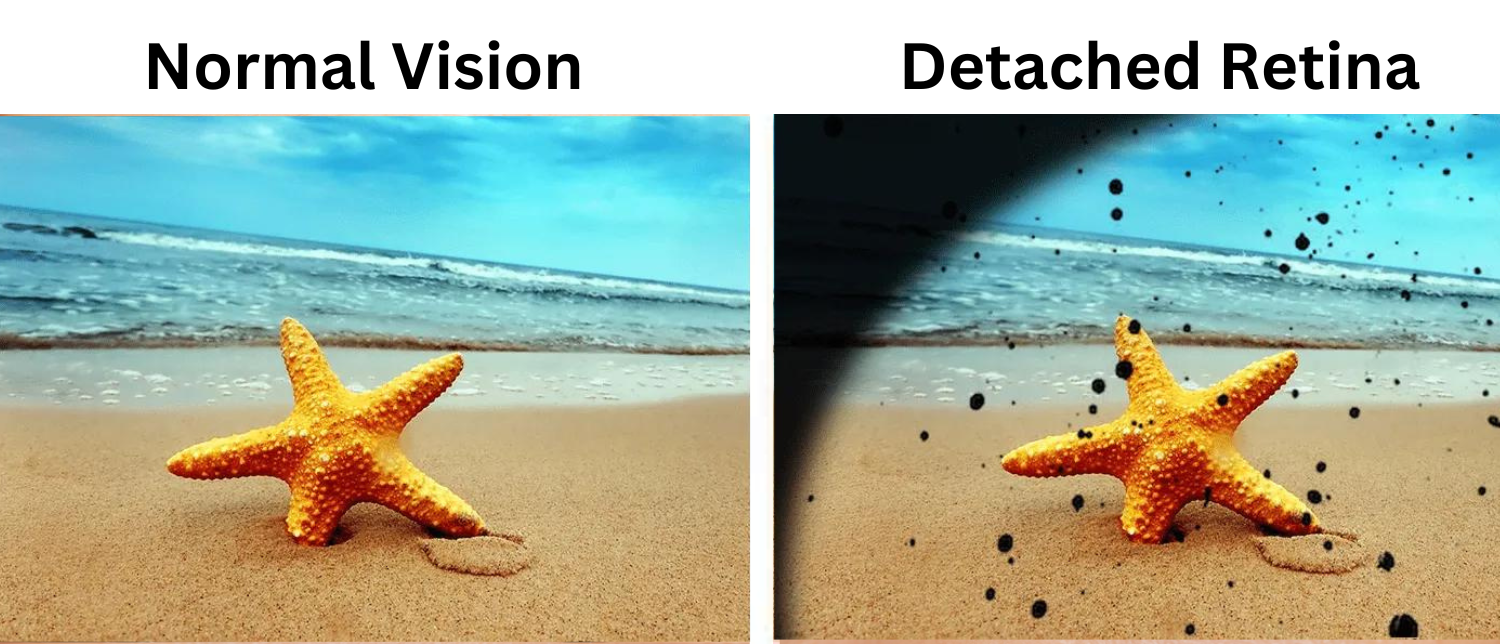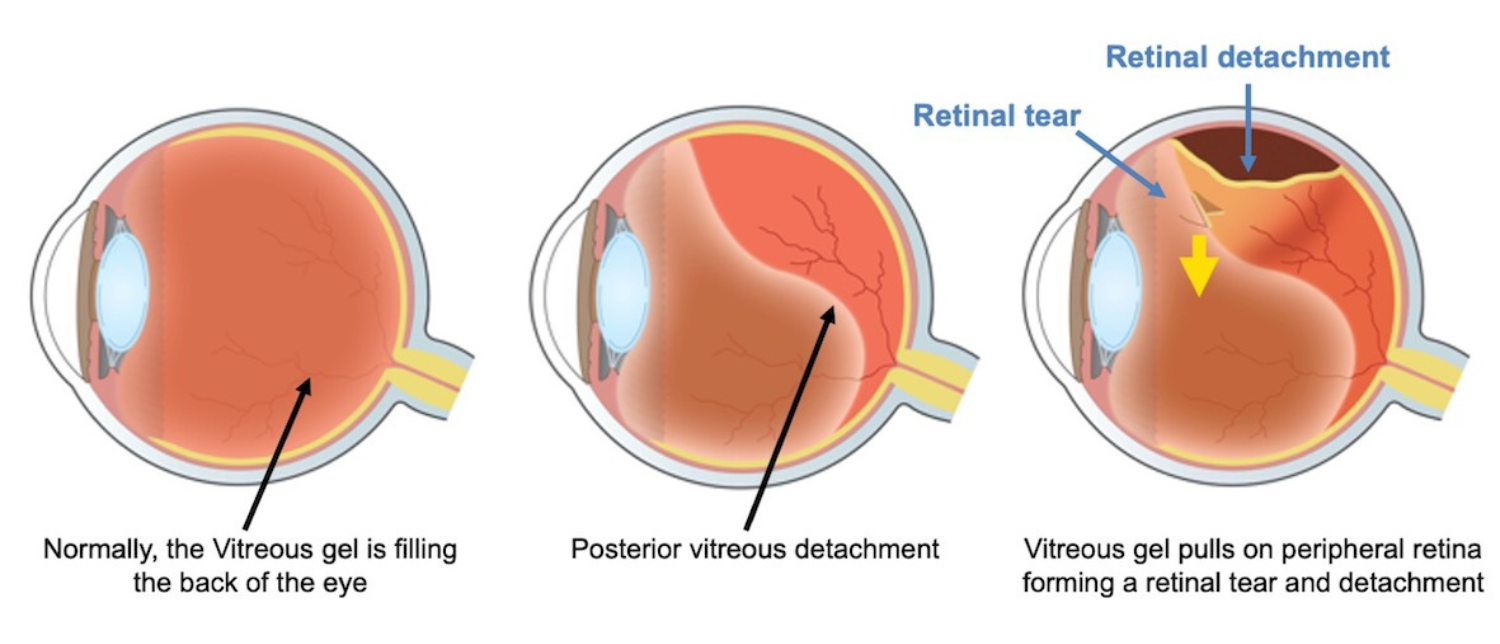पुण्यातील डॉक्टरांनी महाराष्ट्रातील पहिल्या AI-आधारित सर्पिल डिझाईन इन्ट्राओक्युलर...
Read MoreVitreoretinal disorders appear to be a significant public health issue in India, especially with the rising rates of diabetes.
Vitreoretinal disorders appear to be a significant public health issue in India, especially with the rising rates of diabetes.
Vitreoretinal diseases affect a significant portion of the Indian population, with conditions like diabetic retinopathy and age-related macular degeneration being prevalent among older adults. These diseases contribute substantially to visual impairment and blindness in the country.

Factors Contributing to Glaucoma
Glaucoma often shows no symptoms until significant vision loss has occurred, which is why it is often called the “silent thief of sight.” Regular eye exams are crucial for early detection and prevention of vision loss.
Glaucoma often shows no symptoms until significant vision loss has occurred, which is why it is often called the “silent thief of sight.” Regular eye exams are crucial for early detection and prevention of vision loss.
What Vitreoretinal Diseases Looks Like

Blurry Vision

Flashes of Light

Peripheral Loss

Floaters in Eye
Understanding the Triggers
- Conditions like age-related macular degeneration are more common in older adults due to natural aging processes in the retina.
- Chronic high blood sugar levels can damage retinal blood vessels, leading to diabetic retinopathy.
- A family history of vitreoretinal disorders increases the likelihood of developing similar conditions.
- Trauma to the eye can lead to retinal tears or detachment.
- Severe nearsightedness can cause changes in the shape of the eye, increasing the risk of retinal detachment.
- Conditions such as uveitis can lead to complications in the retina and vitreous.
Vitreoretinal Symptom Checker
Vitreoretinal Symptom Checker
In India, vitreoretinal disorders account for a significant percentage of vision impairment cases, with diabetic retinopathy alone affecting over 7.5 million people.
In India, vitreoretinal disorders account for a significant percentage of vision impairment cases, with diabetic retinopathy alone affecting over 7.5 million people.
At Mahaveer Eye Hospital, we are dedicated to providing exceptional care for patients with vitreoretinal disorders. Our hospital is equipped with advanced diagnostic tools and state-of-the-art technology to ensure accurate diagnosis and effective treatment. We prioritize patient comfort and safety, ensuring a comprehensive approach to eye health.

Common Causes
Vitreoretinal diseases can manifest subtly at first, often progressing unnoticed until symptoms like sudden appearance of floaters, blurring of vision, flashes of light, or a shadow over the visual field become evident. Early detection through comprehensive eye examinations is pivotal in managing these conditions, ensuring timely intervention to preserve vision and prevent irreversible damage.
-
Myopia
This condition not only affects vision clarity but is also a significant risk factor for developing various vitreoretinal disorders.
-
Age-related changes
Conditions like age-related macular degeneration (AMD) result from cellular changes and deposits in the macula, affecting central vision.
-
Inflammatory conditions
Uveitis, an inflammatory disease affecting the uvea (middle layer of the eye), can lead to vitreoretinal complications.
-
Genetic factors
Certain genetic mutations or predispositions can increase the likelihood of developing vitreoretinal diseases.
Advanced Treatment Options Offered at
Mahaveer Eye Hospital
Advanced Treatment Options Offered at
Mahaveer Eye Hospital
At Mahaveer Eye Hospital, we are committed to providing the highest standard of care for our patients. Utilizing the latest advancements in eye care technology, we offer comprehensive and effective treatments. Our approach ensures that each patient receives personalized and precise care to manage their condition and preserve their vision.
Advanced Surgical Options

Trabeculectomy
Trabeculectomy is a surgical procedure that creates a new drainage pathway for aqueous humor to leave the eye, thereby reducing intraocular pressure. During the surgery, a small flap is made in the sclera (the white part of the eye) and a reservoir, or bleb, is formed under the conjunctiva (the thin covering of the eye). This allows fluid to bypass the blocked drainage channels.

Implants
Glaucoma drainage devices, also known as shunts or tubes, are implants placed in the eye to facilitate the drainage of aqueous humor. These devices are designed to create an alternative pathway for fluid to exit the eye, helping to lower intraocular pressure. There are several types of drainage devices, including the Ahmed, Baerveldt, and Molteno implants.

MIGS
Minimally Invasive Glaucoma Surgery (MIGS) encompasses a group of procedures that aim to reduce intraocular pressure with less trauma to the eye and faster recovery times compared to traditional glaucoma surgeries. MIGS procedures include the use of tiny stents, micro-incisions, and other advanced techniques to improve fluid outflow.
FAQs
-
What are Vitreoretinal Diseases?
Vitreoretinal diseases are conditions that affect the retina at the back of the eye and the vitreous fluid around it. The retina is the light-sensitive layer that focuses images and transmits them to the brain. The vitreous is the clear gel that fills the space between the lens and the retina.
-
How are vitreoretinal diseases diagnosed?
Vitreoretinal diseases are diagnosed through a dilated eye exam, imaging tests like OCT and fluorescein angiography, and a review of the patient's medical history and symptoms.
-
How are vitreoretinal diseases treated?
Treatment depends on the specific condition but may include medications, laser procedures, vitrectomy surgery, and implants or devices. The goal is to stabilize or improve vision and prevent further loss.



